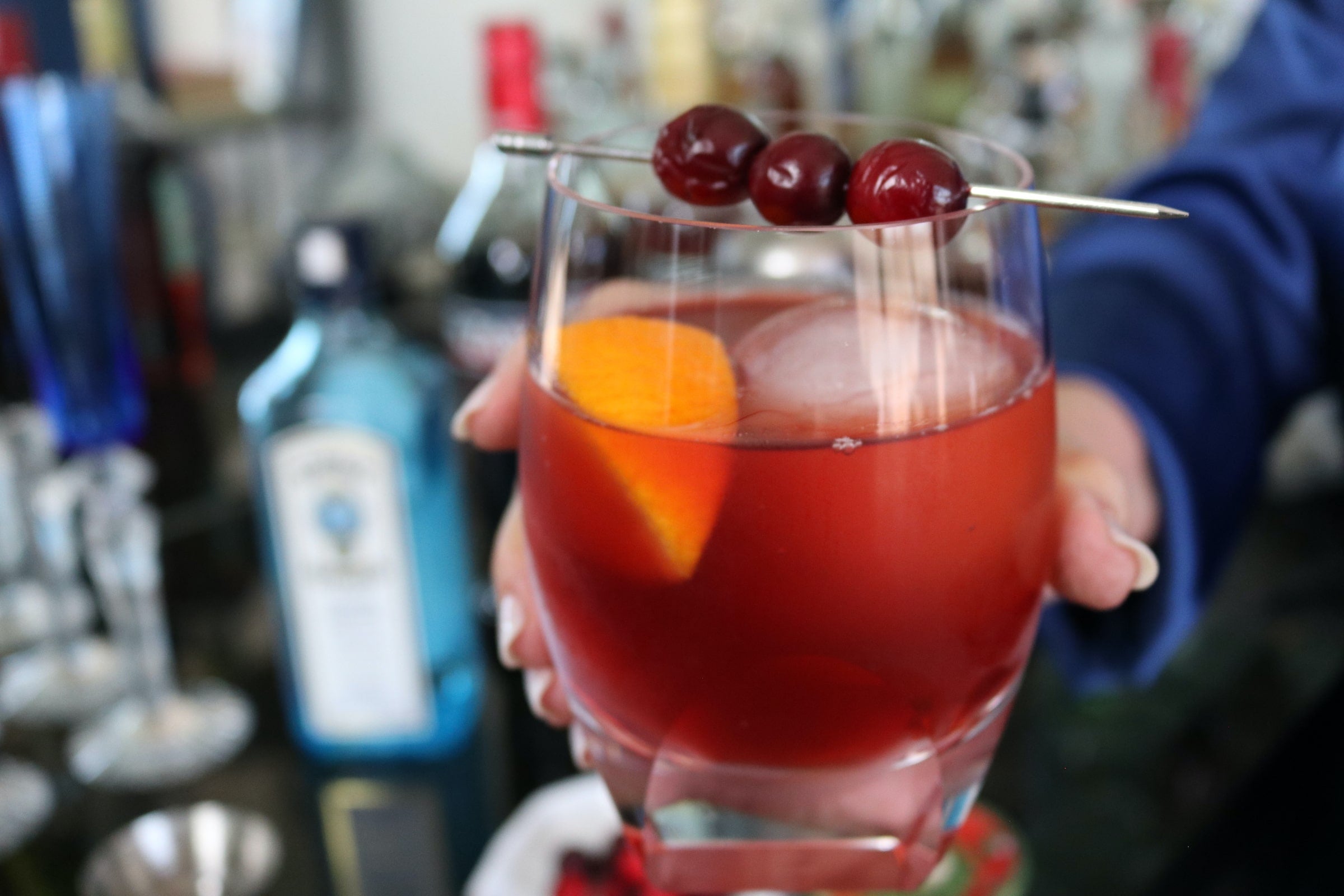Kitchen Hacks
Tips for kitchen knives: which ones do you really need?
Which one is right? Do you need more than one? Do you need a full set?
Everyone needs a good set of kitchen knives. I mean everyone! But there are so many different types of knives to choose from made by so many companies that offer great quality. So, the question is how do you pick the best ones for your kitchen?
I learned from all my years as a restaurateur that you do not go for the prettiest nor do you necessarily need the most expensive. Most important, you don’t absolutely have to buy every knife that a sales person suggests. The most important thing that you will always want to look for in any knife you’re buying is a “full tang” – that means that they have been forged from a single piece of steel – one piece that goes from the tip of the knife all the way through to the end of the handle. Very often you can see that the handle looks like a “sandwich” but sometimes with a synthetic handle you won’t be able to see it (ask them to be sure). Once you’ve found the knives in your price range that have a “full tang” you can narrow your choices down if you follow these simple steps:
The first thing to think about is comfort. No matter if you cook a lot or a little in your kitchen, you’ll want to pick the one that feels the best in your hand. Pick it up, hold it – you don’t ever want it to slip. If it feels good in your hand, you have a candidate.
The next thing to think about is ease of control. Some knives can be fairly heavy. Especially some of the newer “pro” versions. Heavy is not always good but you also don’t want one that’s too light for your hand. What you need is one that balances well in your hand and is easy for you to control.
Once you find the kind of knives you like, don’t feel pressed to buy a full “set” just because they’re on sale. You don’t need all of them. There are only three types of knives that are essential to any cook – four if you’re like me and like some variety.

Fran’s choice of knives, from left to right: paring, santoku, chef’s, and serrated, all from Zwilling J.A. Henckels.
- 3.5″ Paring Knife – a real necessity for picking and fine trimming and cutting.
- 8″ Serrated – useful for cutting crusty bread.
- 8″ Chef’s Knife – excellent for chopping and perfect for ‘rocking’ while slicing. Or…
- 5-7″ Santoku – an alternative for the chef’s knife, also good for chopping and slicing but a completely different shape. I find that I usually reach for my Santoku before I reach for my Chef’s Knife but it is personal preference between the two.
Whatever knives you select, remember that comfort and control are the two most important things to consider. Don’t believe for one minute that you must pick knives from the same company. If you find that you like different knives from different companies, be bold and mix and match them. I happen to like the knives from Zwilling J.A. Henckels. You should also look at Wüsthof, Shun, and Global – all offer very practical, well made, and – in my opinion – high-quality tools.
Now for some tips on the care and use of your new kitchen knives.
Don’t let knives ever go dull – learn how to sharpen them – you can use either a sharpening stone or even an electric sharpener. Contrary to popular myths, even serrated knives can be sharpened (but, you will probably need to have these done professionally). Dull knives are not just a hassle; they can also lead to injury. You should never have to work hard to slice and chop. Dull knives will cause you to grip not only the thing you’re cutting but also the knife. Cutting, chopping, and slicing should be easy tasks that take little physical effort. If you force a dull knife to do a job, it can cause you to make mistakes or slip, and you will probably end up cutting things that you don’t want to cut, like your fingers!
I hate to harp on a list of ‘don’t do this, ‘ but there’s another big don’t for your new kitchen knives: don’t ever put them in your dishwasher and don’t drop them in your sink to wash later. Good kitchen knives are precision tools. It doesn’t take much to bump and dull them. Learn to wash them by hand – blade side away from you – and wash and dry them right after you use them. Washing them right away keeps food from drying and crusting on the blade, which forces you to scrub. You don’t want to scrub a sharp knife!
Think about how you’re going to store your knives. At the least you’ll use the safety covers that may come with the blades. The last thing you want to do is grope around in a drawer full of uncovered and sharp knives. Seriously! What you’ll find is that there is a quite a diverse number of ways to store knives – countertop blocks, wall mounted blocks, magnetic strips, in-drawer inserts. There are dozens of systems and methods, and each has their pros and cons. The best idea is to look around at all of them to see what’s best for your kitchen. Like your knives, select one based on what makes you feel the most comfortable.
Enjoy your kitchen knives – safely – and cook lots of great meals with them. Most of all, have fun.





















